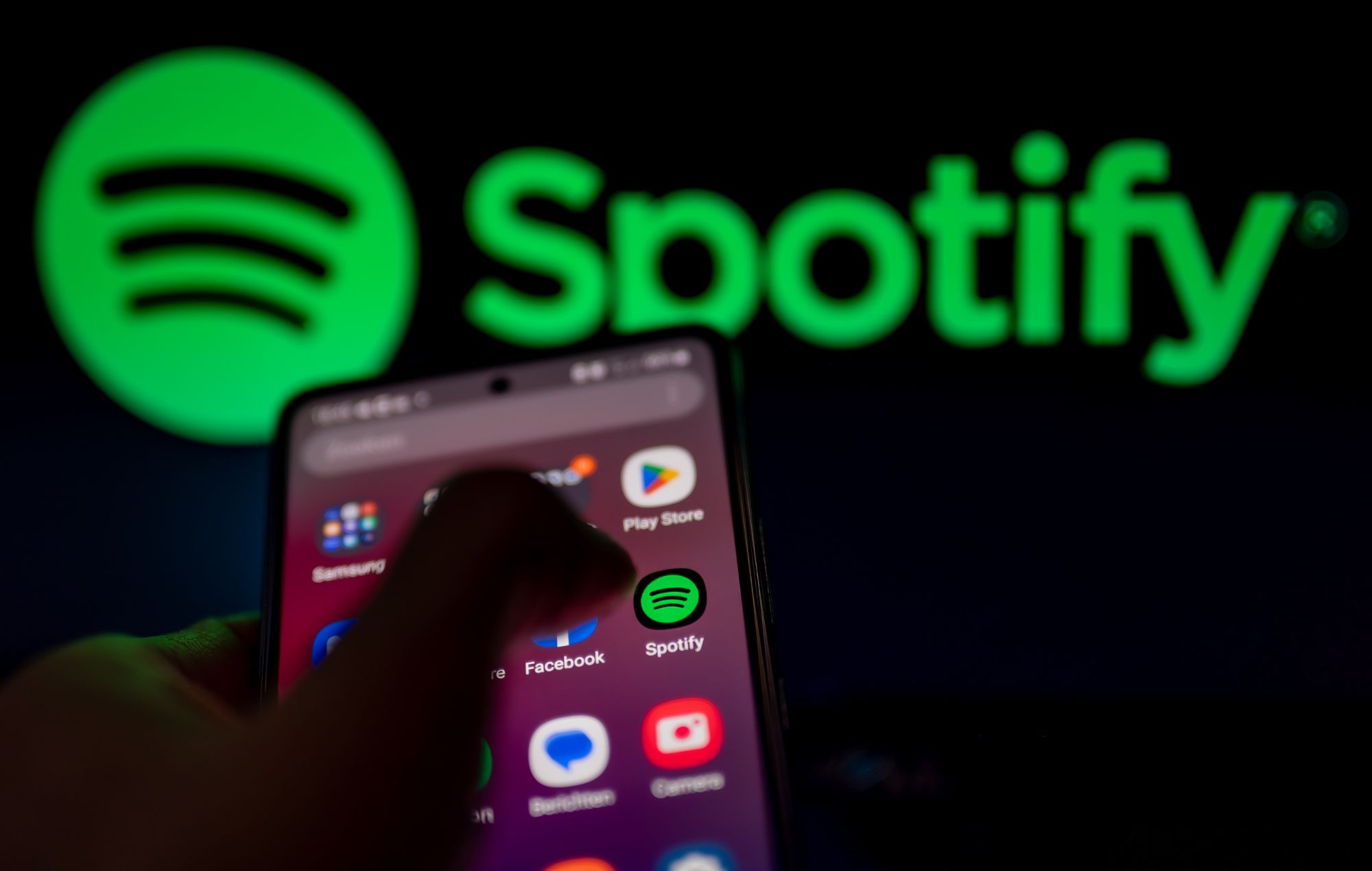Spotify have confirmed that all songs on the platform must have a minimum of 1,000 streams before they can earn any royalties.
The new regulations come following weeks of speculation about the new policies the streaming service would be introducing, including rumours that the company would be making it harder for artists to generate royalties from their music.
These new amendments were finally outlined in a new blog post by Spotify yesterday (November 21), which noted several new policies that are being implemented in the hopes of containing the volume of content on the platform and minimising the risks of fraud.
In these new policies, it was confirmed that Spotify would be introducing a payment threshold for 2024 – meaning that songs must hit 1,000 streams on the service before they can earn any royalties.
According to Spotify data, there are around 100million songs on the service, yet only around 37.5million meet the new requirements to generate revenue.
This means that around 60 per cent of tracks will not qualify for the new threshold, although Spotify did recall that these songs make up less than one per cent of the total number of streams on the service.
Spotify logo seen displayed on a smartphone screen stock image. CREDIT: Nikolas Kokovlis/NurPhoto via Getty Images
Unsurprisingly, artists have been quick to share their take on the new changes to the royalty structure on Spotify, with some highlighting the negative impacts it will have on emerging talent. This included indie group Damon and Naomi, who said that the new policy will “move an estimated $40-$46 million annually from artists like Damon & Naomi to artists like Ed Sheeran,” (via Rolling Stone).
The new changes have also come after the service increased its subscription prices for the first time in over a decade, affecting users in the UK and the US.
However, justifying the new decision, Spotify claimed that the songs affected by the new policy earn only around 3 cents per month on average, and that some distributors often have a minimum $2 withdrawal amount – meaning that some of the payments would not have been accessible to artists anyway.
Spotify also outlined that while the small payments may seem insignificant, it does total up to around $40million (£31.9million), an amount that could be distributed to songs that do meet the requirements.
As well as the increased payouts for songs that account for more of the revenue, the streaming service also outlined that the new regulations come in a bid to tackle fraud, which sees some users upload a high volume of tracks and taking in the small amount of royalties for each one.
In other Spotify news, last month it was announced that the service would be introducing a new ‘Supremium’ tier that contains extra features for higher prices.
According to reports, the new tier will cost twice the current price at $19.99 (£16.33) and offer lossless audio – a feature currently offered on Apple Music for free – as well as new statistics about listening, a new audiobook feature and AI playlist generation tools.
The post Spotify confirm songs now need at least 1,000 streams to earn royalties appeared first on NME.




